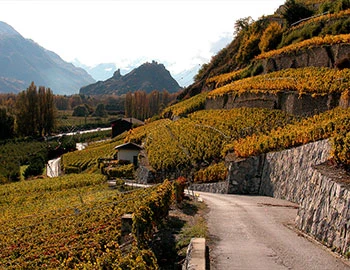
Ilios (Pinot Gris) Passerillage (doux) 2019
AOC Genève, Domaine les Hutins, 500 ml

| Grape variety: | Pinot gris, Gewürztraminer, Chardonnay |
| Producer: | Domaine Les Hutins |
| Origin: | Switzerland / Genève |
Description
Exotic, spicy nose with notes of almond and butter. On palate the wine offers a nice balance between tartness and smoothness. Very good length with an aromatic lustre and great balance without excessive residual sugar.
Attributes
| Origin: | Switzerland / Genève |
| Grape variety: | Pinot gris, Gewürztraminer, Chardonnay |
| Ripening potential: | 2 to 10 years |
| Drinking temperature: | 8 to 10 °C |
| Food Pairing: | Spicy hard cheese, Cheese board, Cakes, biscuits, pastries |
| Vinification: | soft pressing, fermentation in steel tank |
| Harvest: | hand-picking, strict selection, drying of the grapes |
| Maturation: | in steel tank |
| Volume: | 13.5 % |
| Note: | Contains sulphites |
Chardonnay
King or beggar?
Hardly any variety of vine shows such a broad spectrum of quality as the Chardonnay. Its wines range from faceless neutrality to breath-taking class. It is an extremely low-maintenance vine, which explains why it is grown around the world – even in places where it probably should not be. The aromas of the Chardonnay variety are not very pronounced: a bit of green apple, a little hazelnut; in warmer latitudes, also melon and exotic fruits. The wines are often defined by maturing in casks. They develop more or less subtle notes of butter, toasted bread and vanilla. The grapes achieve their highest expression in their region of origin, Burgundy. Its heart beats in the Côte de Beaune: one might think of the plant growth of Meursault or Puligny-Montrachet. With their finesse and complexity, they can survive for decades. Chardonnay also achieves first class in some Blanc-de-Blancs champagnes. It additionally yields great wines in the Burgundian Chablis, and increasingly in Australia and Chile. A simple rule of thumb for pairing with food: When butter and cream are involved, you cannot go wrong with Chardonnay.
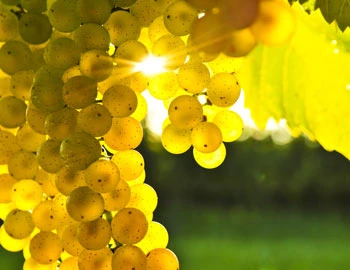
Pinot gris
The aromas of the forest
Pinot gris is, like the Pinot blanc, a colour mutation of Pinot noir. All three have the same genetic profile. On occasion, red, grey, pink and white, berries can be observed on the same vine stock. Some are even striped! The best Pinot grises introduce themselves opulently with ripe peach and apricot aromas, slightly woody notes and a bit of smoke. These characteristics are presented, for example, in examples from Alsace, Grauburgunders from Germany, or the representatives from Valais, where the grapes are erroneously referred to as Malvoisie. In Italy, Pinot grigio from South Tyrol and Friuli win out. Wines from this variety are great culinary companions. They get along superbly with autumnal dishes such as risotto with mushrooms or chestnuts.
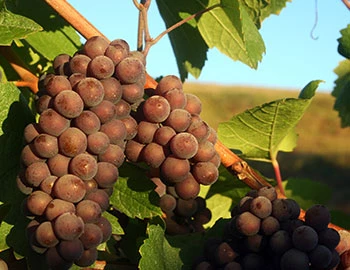
Gewürztraminer
Floral wines for exotic cuisine
SeThe aroma is unmistakable: if it smells of exuberant rose, lychee and fresh grape, it is guaranteed to be Gewürztraminer. Its berries shine almost pink at harvest, but the wine is golden yellow. It has low acidity, but often reaches 14 percent alcohol and more. It is characterized by a slight bitter note at the end. These flavours stem from the family of the Traminers. It is cultivated on a large scale in Alsace, where the “gewurz” (spice) brings out an exotic side. In South Tyrol it is known as Traminer aromatic, and in Germany simply – and wrongly – as Traminer. In the Palatinate, there is a Gewurztraminer vineyard whose stocks are likely up to 400 years old. Wines of this variety harmonize fantastically with Asian cuisine, especially with Thai dishes and their lemongrass aromas.
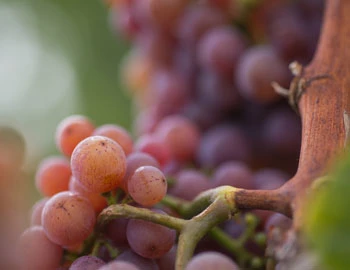
Genf
Geneva: diversity at a high level
It is famous as a UN city, clock town and as a financial metropolis. However, Geneva is also increasingly recognized as a wine region. In 1988, Geneva was the first canton of Switzerland to establish a designation of origin (AOC). Since then, something almost revolutionary has occurred in the southwestern tip of Switzerland. With refreshing sparkling wines, aromatic Sauvignon Blancs, complex cuvées from Bordeaux varieties and many other specialties, Geneva vintners are demonstrating the treasure that lie in their terroir.
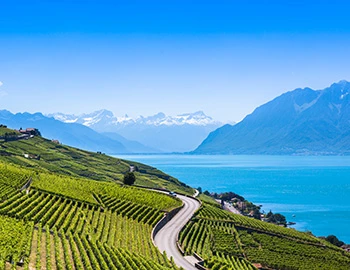
Switzerland
Switzerland – A small country with enormous diversity
Switzerland is famous for its banks, watches, and cheese, but not necessarily for its wine. The Swiss didn't invent wine, but they have been extremely open and curious to it. Wine culture arrived in what is now modern Switzerland via several routes: from Marseilles to Lake Geneva and the Lower Valais region; from the Aosta Valley through the Great St. Bernard Pass to the rest of Valais; from the Rhone through Burgundy, across the Jura Mountains to Lake Constance; and from Lombardy to Ticino, and then on to Grisons.
